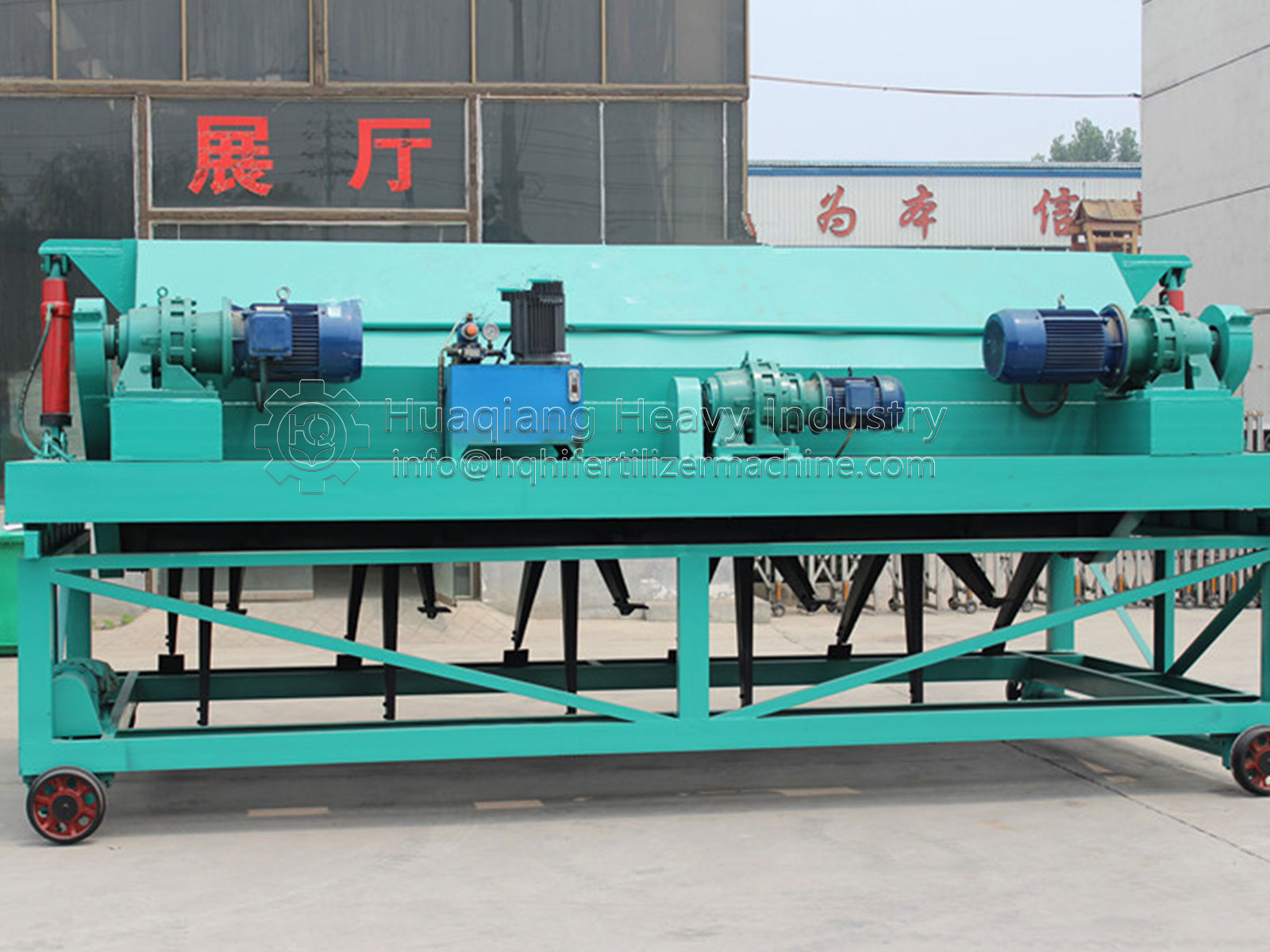Working principle and advantages of chicken manure powder organic fertilizer granulator
Chicken manure belongs to animal manure and is one of the excellent raw materials for making organic fertilizers. The nutrient content in animal manure is very high, which plays a significant role in improving soil fertility. However, primitive animal manure cannot be directly applied to the soil because it contains a large amount of harmful bacteria. If applied directly to the soil without killing it, it will cause soil pollution. Moreover, most of the nutrients need to be decomposed before they can be absorbed by the soil. If fermented in the field, the high temperature generated can have an impact on crops and cause burns to seedlings.
The working principle of the chicken manure powder organic fertilizer granulator is: the main electric motor drives the belt and pulley, which are transmitted to the driving shaft through a reducer. The split gear installed on the driving shaft is matched with the large gear ring fixed on the body, and works in opposite directions. The material is added from the feeding end and passes through the inside of the cylinder. Through the special structure inside the cylinder, it is made into particles and finally flows out through the discharge port. Due to the continuous entry of materials and the continuous rotation of the granulator, large-scale production can be achieved.
The organic fertilizer produced by the chicken manure processing organic fertilizer production line equipment can not only meet the local fertilizer demand, but also meet the demand of surrounding markets. Bioorganic fertilizers are widely used in various fields such as farmland, fruit trees, flowers, landscaping, tall grass, and soil improvement, with good results. The government provides subsidies for agriculture and strongly supports this industry, so making investment choices is a very good choice.

.jpg)
.jpg)


.jpg)
.jpg)

.jpg)